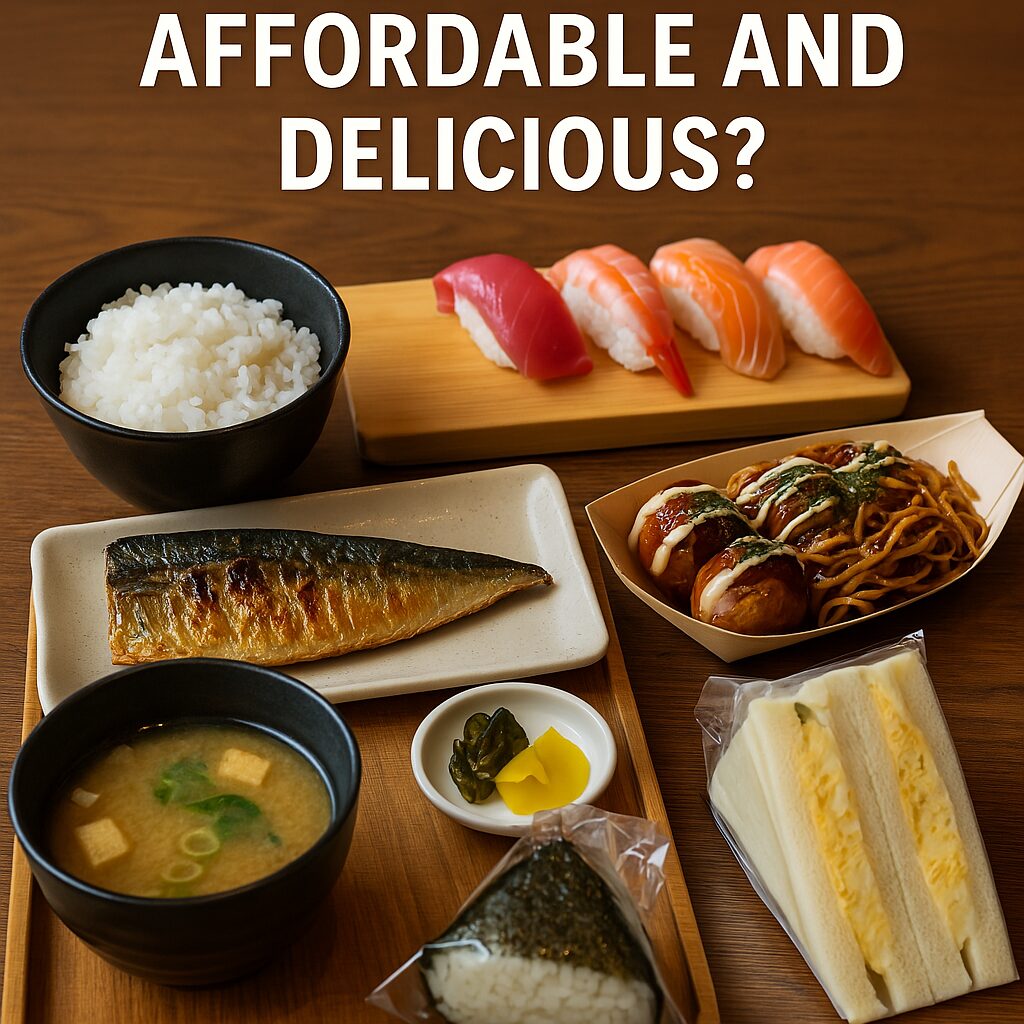- — A Cultural Journey Through the Heart of Japan’s Cuisine
- 🏙️ Chapter 1: How Everyday Cuisine Took Root
- 🌸 Chapter 2: Beauty in Every Bite
- 💴 Chapter 3: Technology, Technique, and Tenderness Behind the Affordability
- 🌏 Chapter 4: A Cuisine Rooted in Philosophy, Reverence, and Global Wonder
- 🧭 Final Thoughts: Japanese Cuisine as Everyday Art and Cultural Soul
🍙 Why Is Japanese Food “Affordable and Delicious”?
 travel to Japan
travel to Japan

コメント